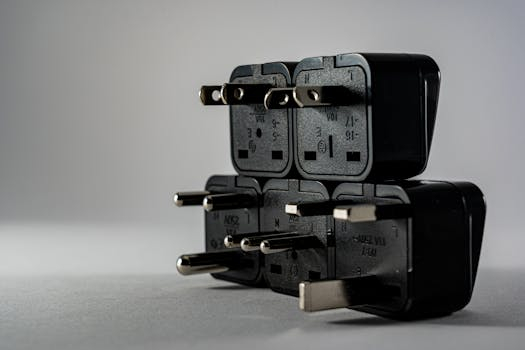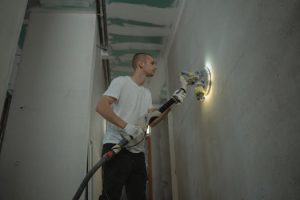The Dangers of Overloaded Outlets: Power Strip Precautions
The convenience of power strips is undeniable. With just one outlet, you can plug in multiple devices and appliances, making it easier to power your electronics. However, overloading your power strip can lead to dangerous consequences. In this article, we’ll discuss the dangers of overloaded outlets and share some important power strip precautions you should take to protect yourself and your home.
The Risks of Overloaded Outlets
It’s easy to assume that because a power strip has multiple outlets, it can handle all your devices and gadgets. However, this is not the case. The reality is that power strips have a limited capacity, and exceeding it can result in overheating, short circuits, and even fires.
One of the main dangers of overloaded outlets is the risk of overheating. When too many devices are plugged into a power strip, it can cause the strip to overheat. This can result in melted plastic, damaged electronics, and even electrical fires. According to the National Fire Protection Association, there were approximately 1,200 reported home electrical fires caused by overloaded outlets in 2019 alone.
Another concern with overloaded outlets is the potential for short circuits. A short circuit occurs when the current bypasses its intended path and finds an alternative route. This can happen when the flow of electricity is too strong, causing the wires in the outlet to overheat and melt. This, in turn, can lead to a fire or damage to your devices.
Power Strip Precautions
To prevent the dangers of overloaded outlets, it’s essential to take proper precautions when using power strips. Here are some important tips to keep in mind:
1. Check the Capacity of Your Power Strip
Every power strip has a maximum capacity, indicated by the number of watts it can handle. This capacity is not just limited to the number of outlets but also takes into account the power rating of each device plugged in. Before using a power strip, check its capacity and make sure that you are not exceeding it with your devices.
Another important thing to keep in mind is that different types of power strips have different capacities. For example, a basic power strip with no surge protection may have a lower load capacity than a surge protector power strip. Make sure to check the specifications of your power strip before plugging in your devices.
2. Avoid Daisy-Chaining Power Strips
Daisy-chaining is the practice of connecting multiple power strips together to create more outlets. However, this is extremely dangerous and can easily overload your outlets. Each power strip has a specific capacity, and daisy-chaining bypasses that limit, putting it at risk of overheating. Instead, invest in a higher-capacity power strip or use a few power strips in different areas of your home.
3. Unplug Devices When Not in Use
Leaving devices plugged in, even when not in use, can contribute to the risk of overloaded outlets. So, make it a habit to unplug your devices when they are not in use, especially if they are high-powered appliances like hairdryers or microwaves.
4. Regularly Inspect Your Power Strip
Power strips are not meant to last forever. Over time, they can become worn out and damaged, increasing the risk of electrical fires. Make it a point to regularly inspect your power strip for signs of wear and tear, such as frayed cords, melted plastic, or loose connections. If you notice any damage, it’s best to replace the power strip immediately.
Conclusion
Power strips are undoubtedly convenient, but it’s crucial to use them safely. Overloaded outlets can pose a serious risk to your home and your personal safety. By following the tips and precautions mentioned in this article, you can ensure that your power strip use is safe and efficient. Remember, always check the capacity of your power strip, avoid daisy-chaining, and regularly inspect your power strip to prevent any potential dangers. Stay safe, and don’t let your power strips become a hazard.









